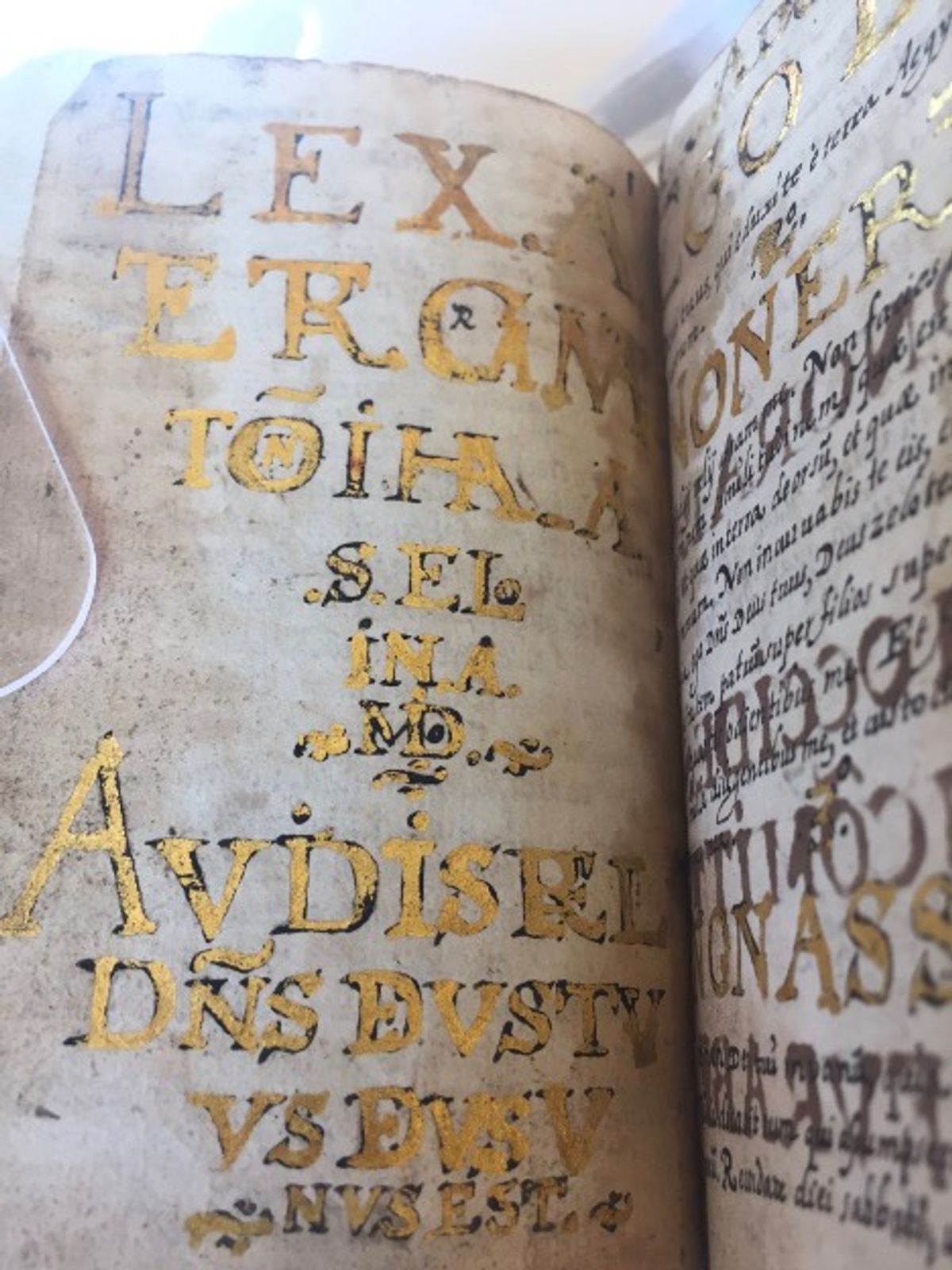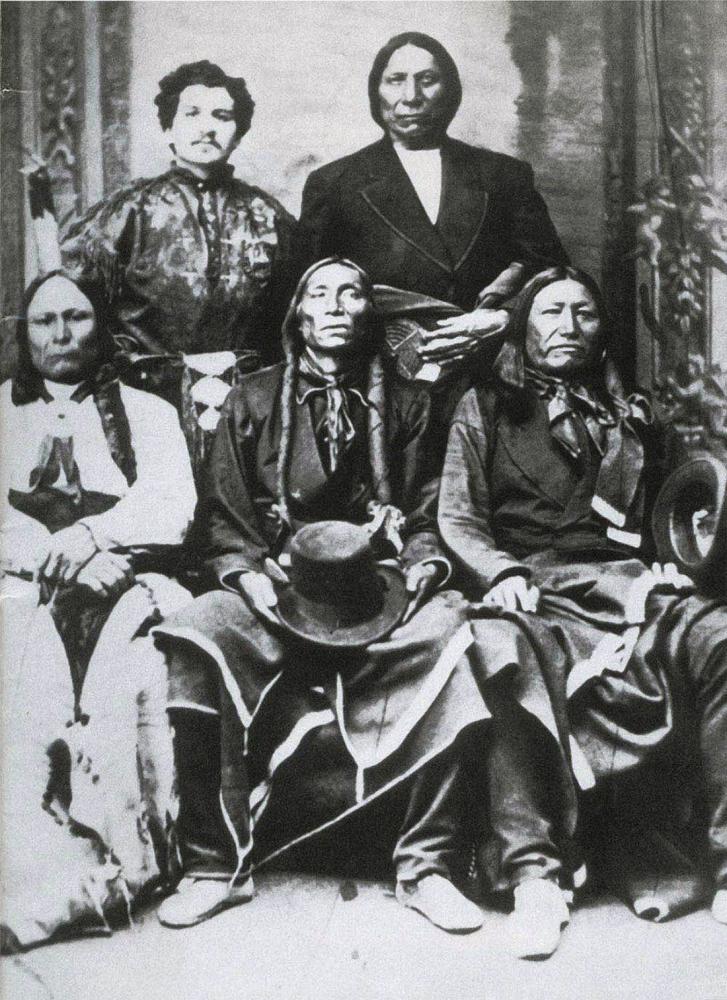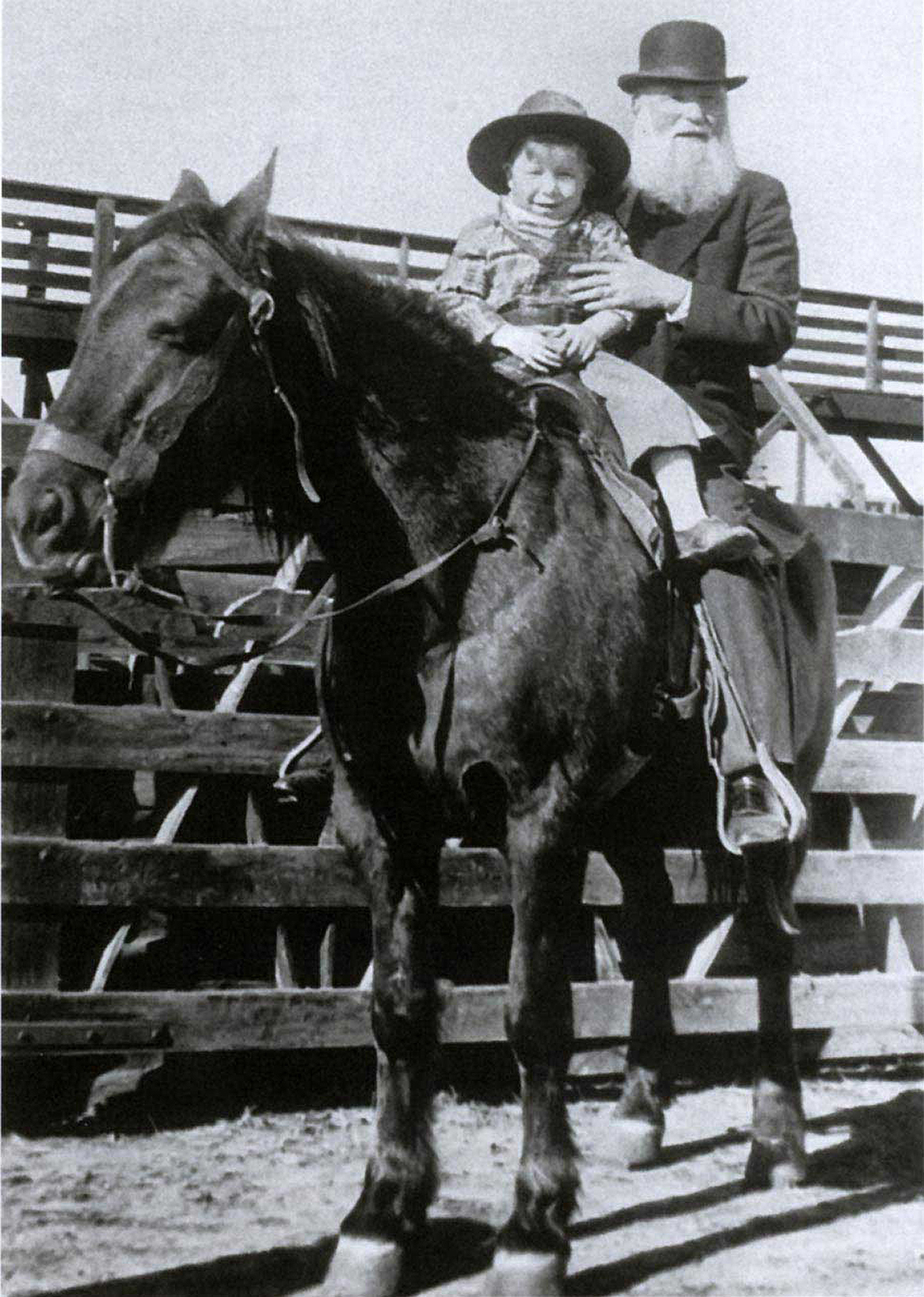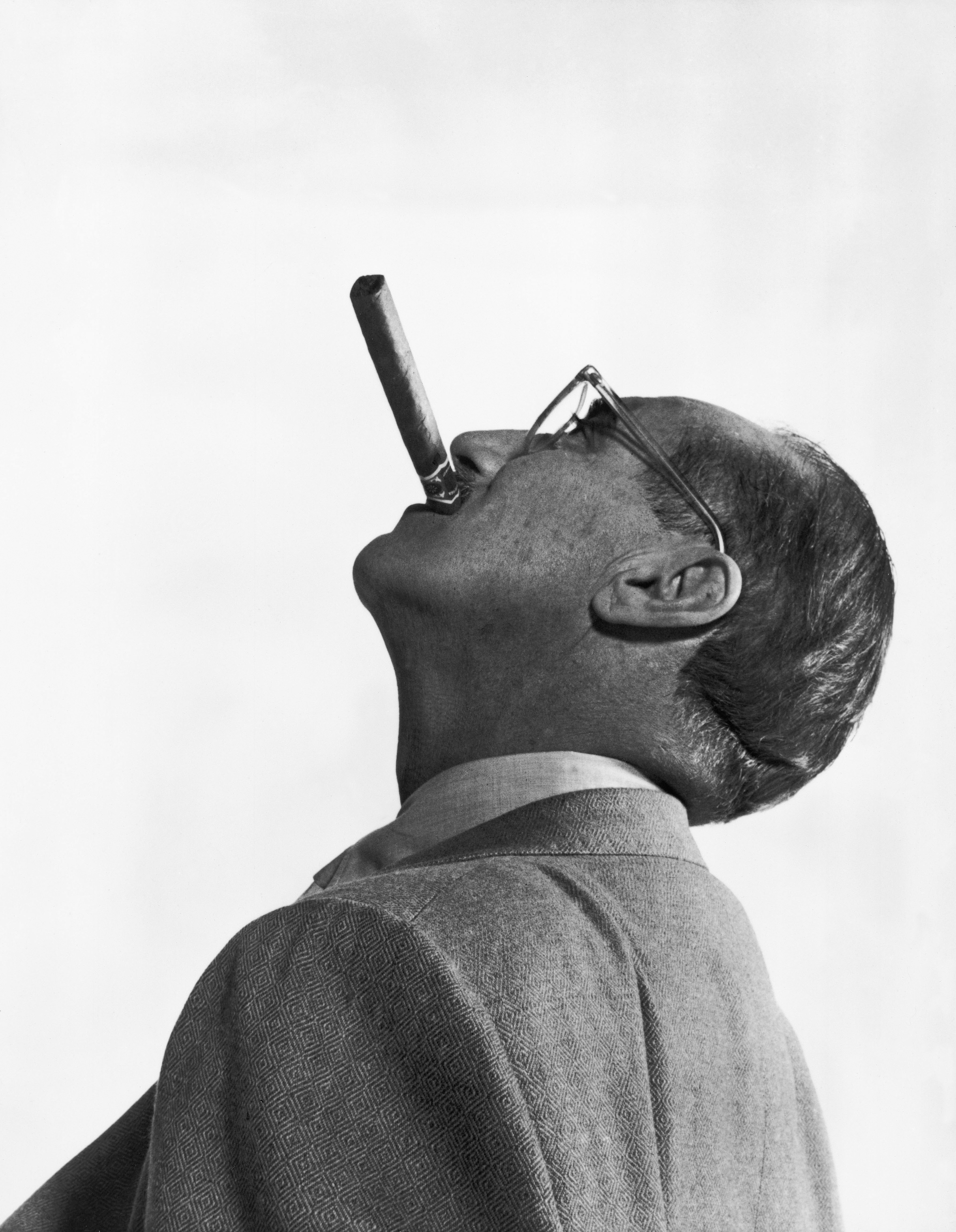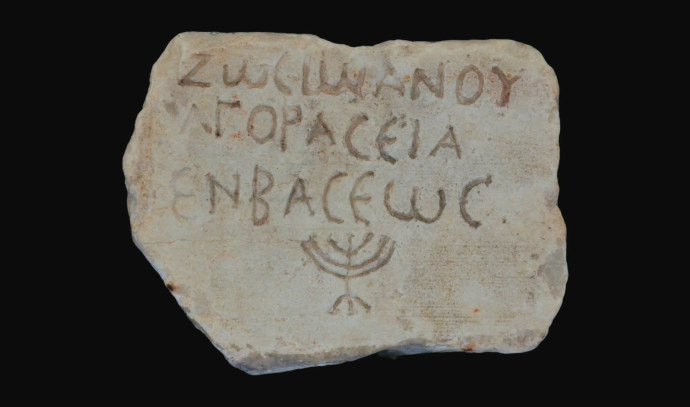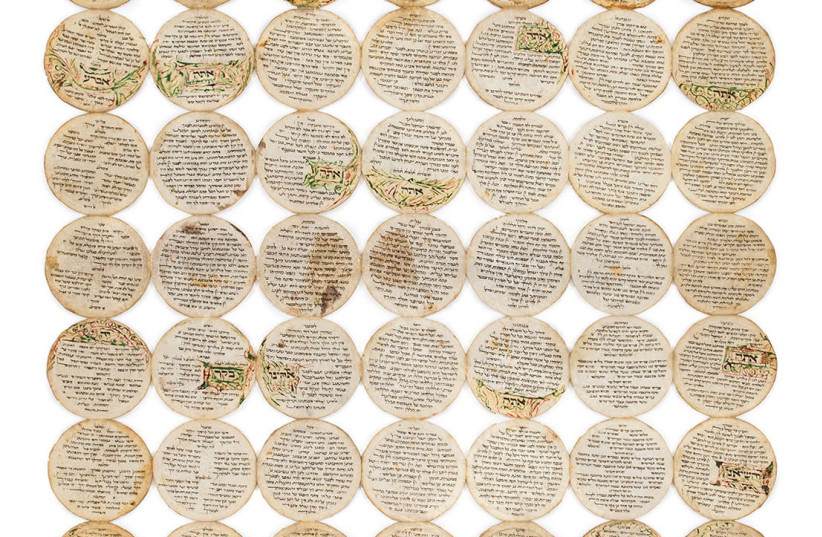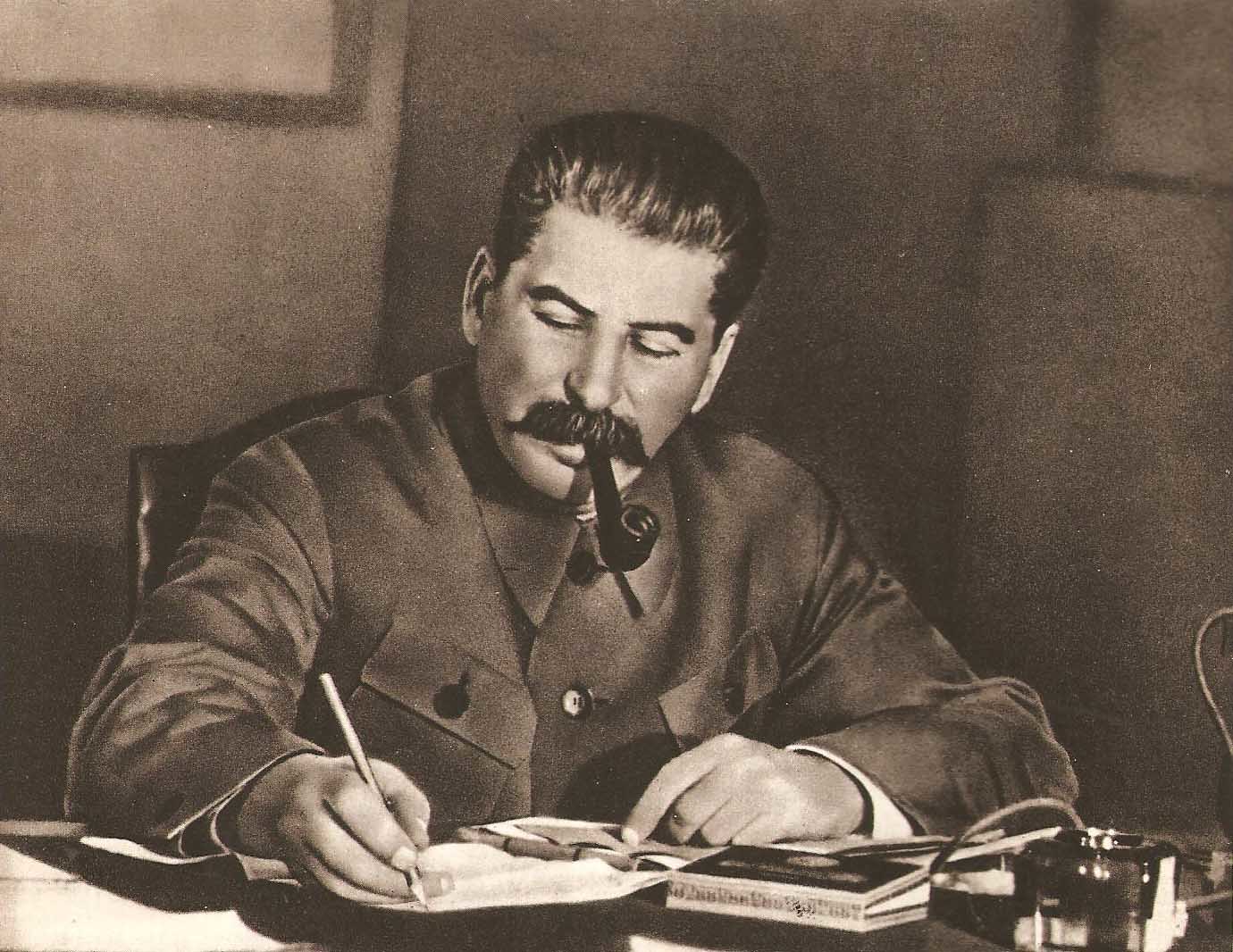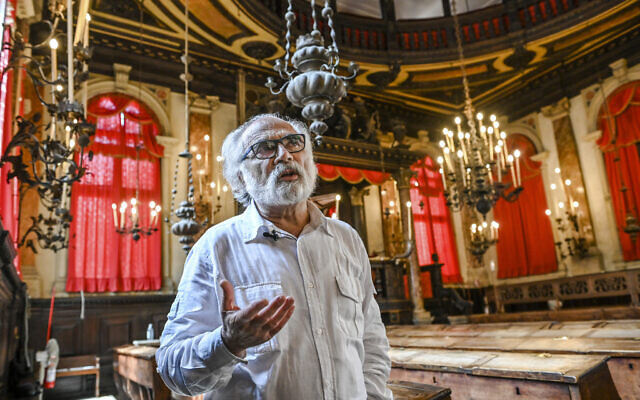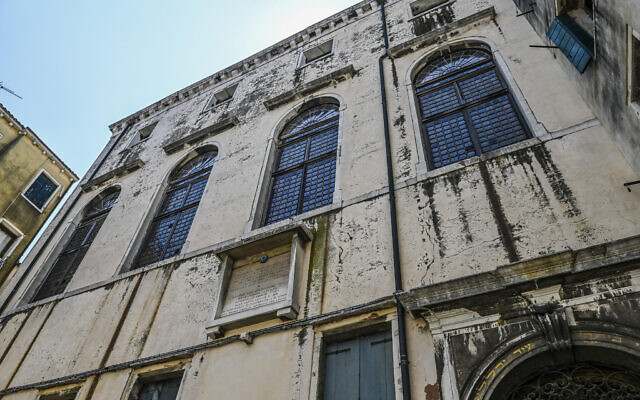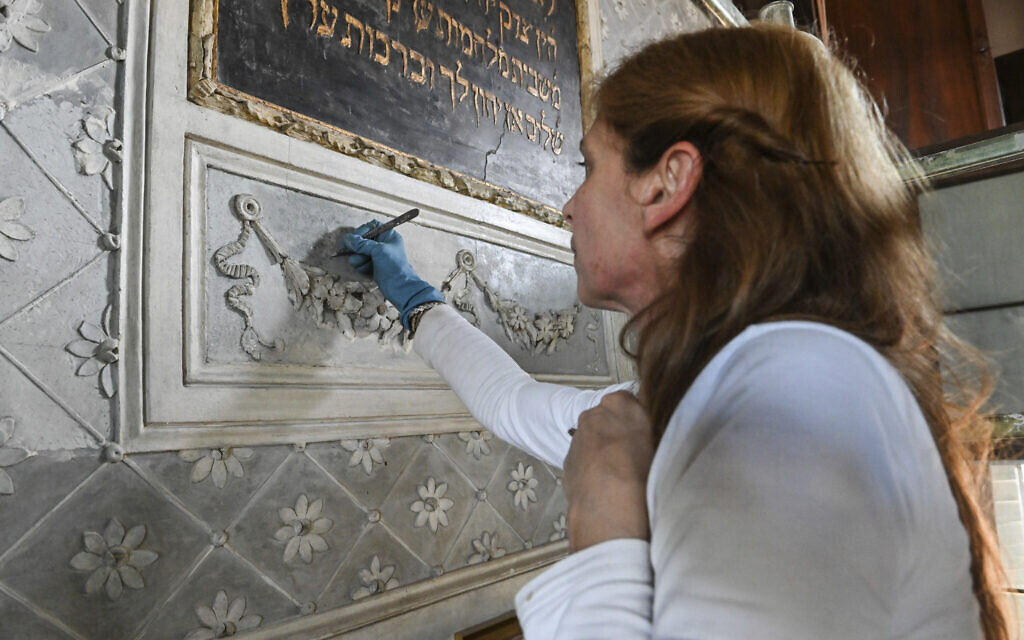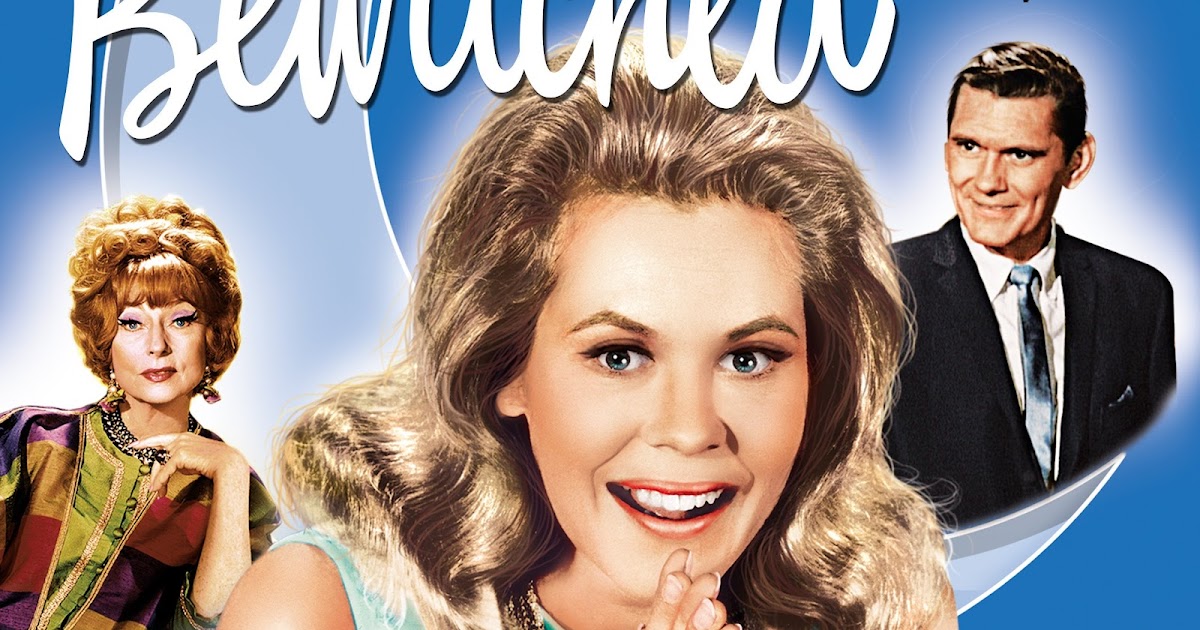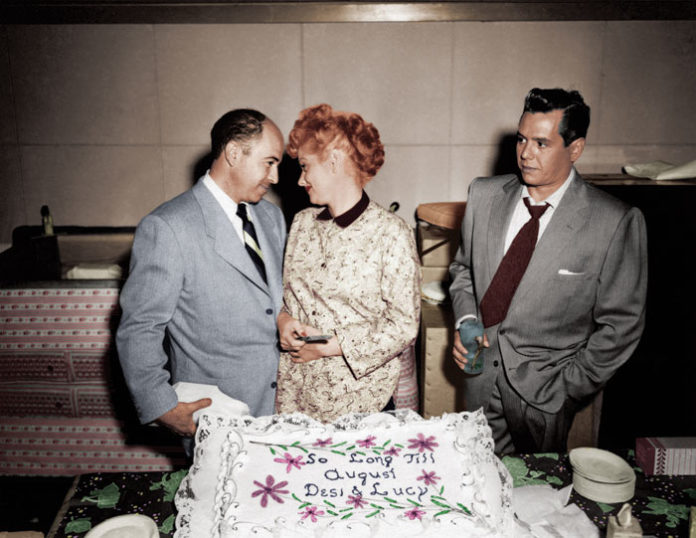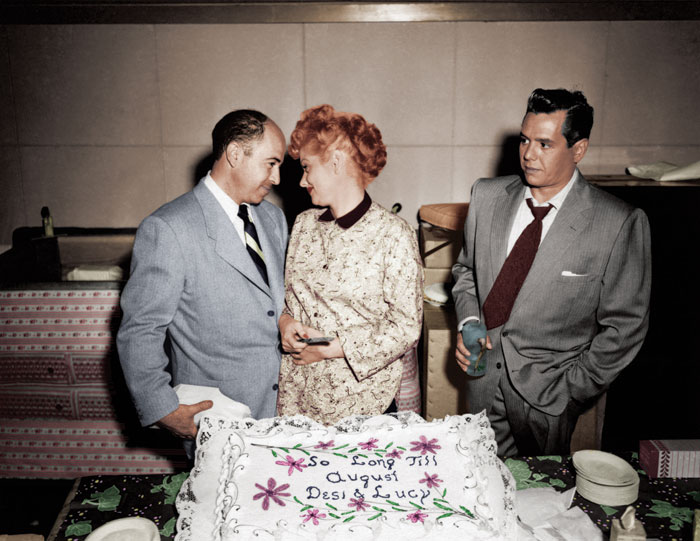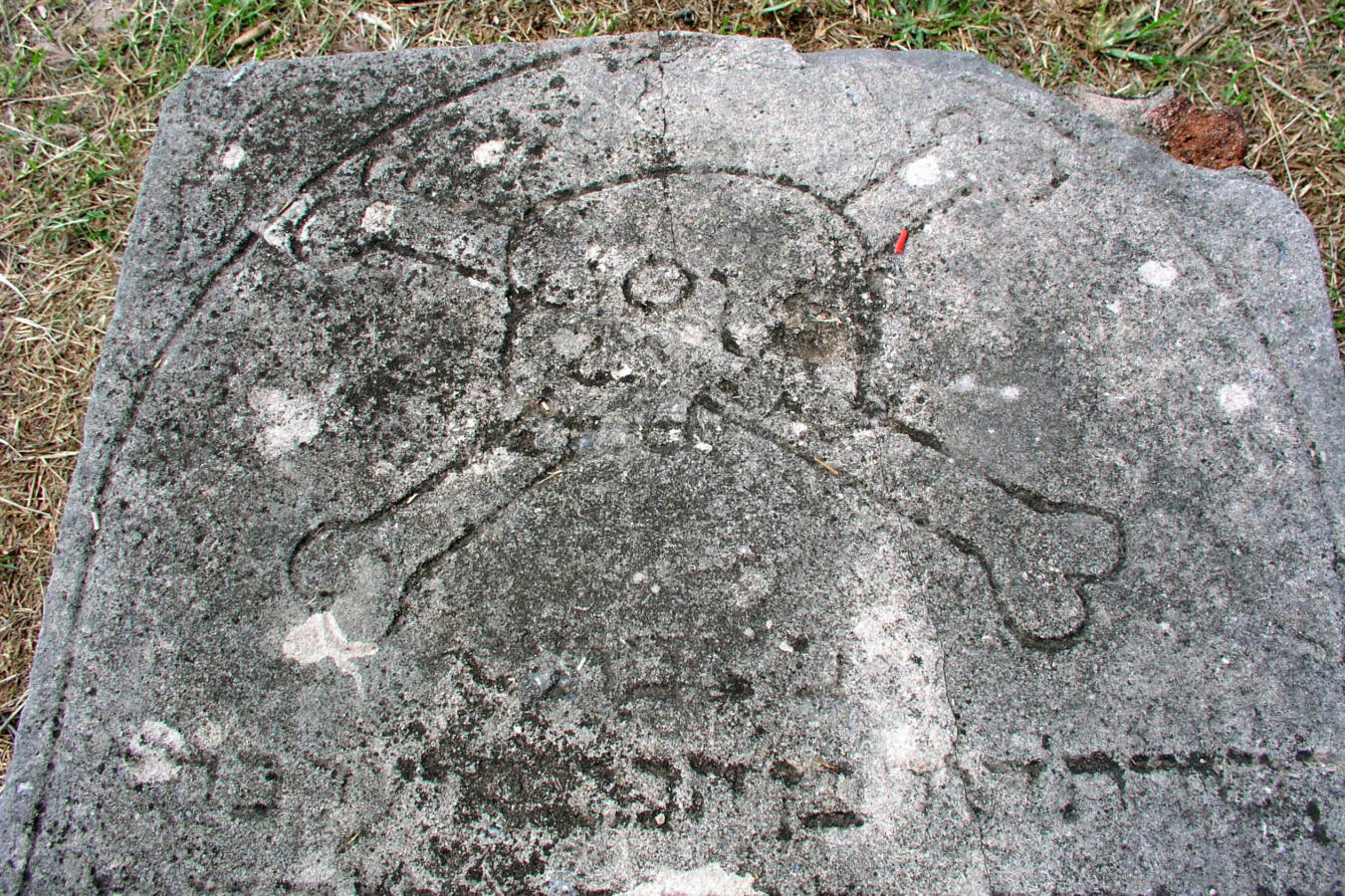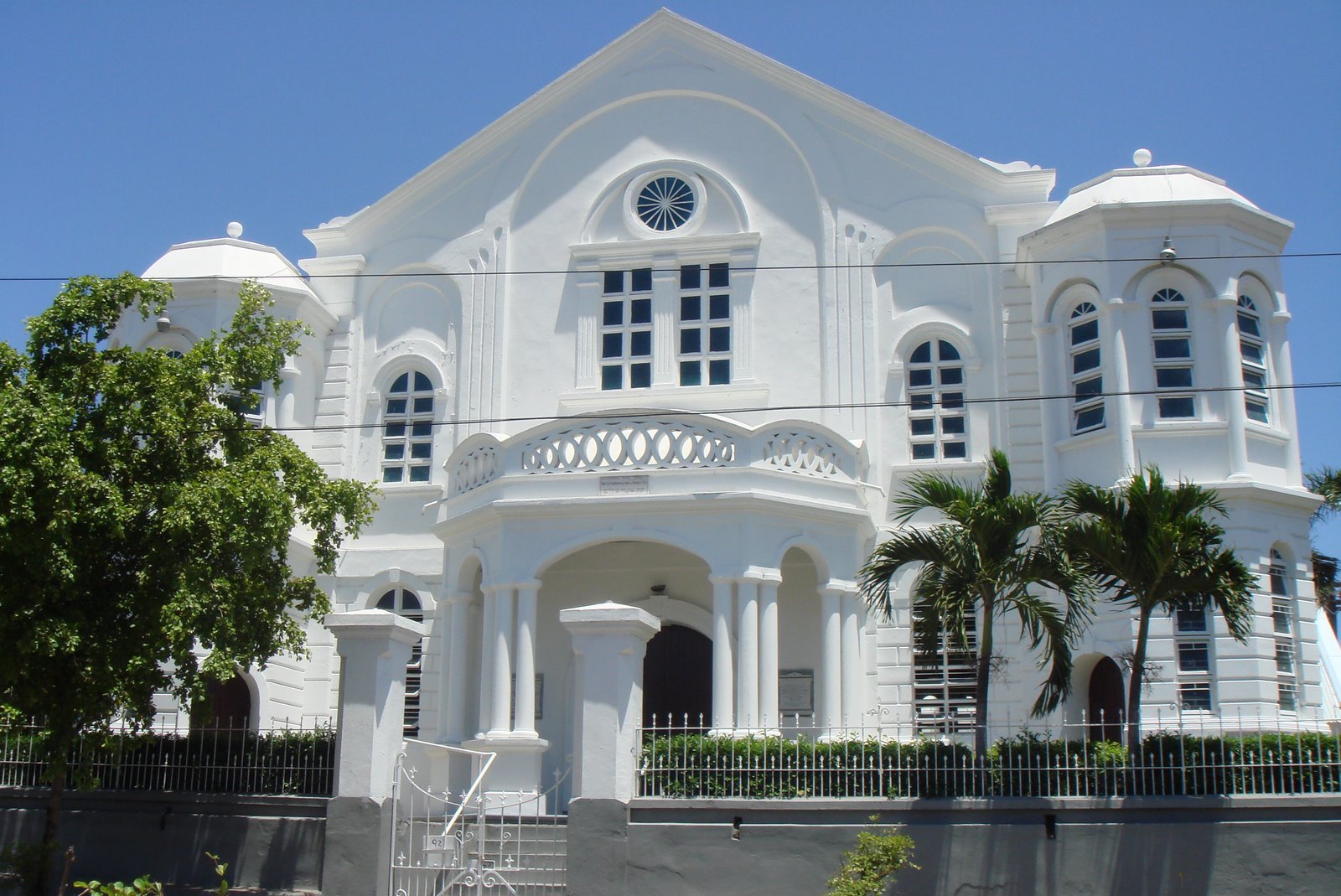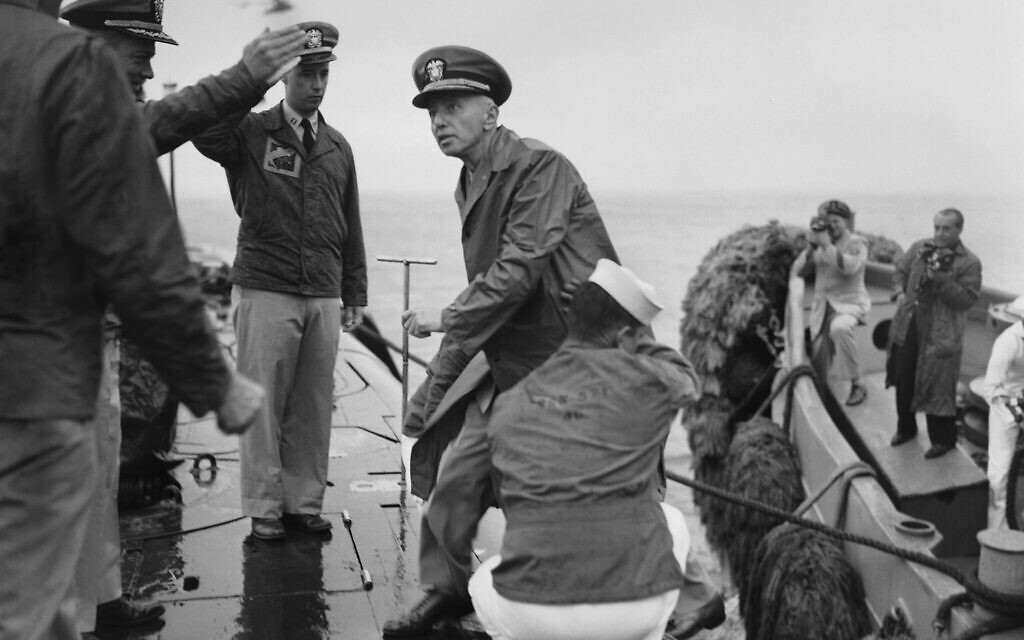Sixties Fan
Diamond Member
- Mar 6, 2017
- 53,741
- 10,437
- 2,140
I love History and there is a lot of Jewish history to be learned. This is the perfect place to dig through it and unearth lots of that history which is not known.
If anyone finds any of that history they have been fascinated with, or wish others to know, please post it here.
If anyone finds any of that history they have been fascinated with, or wish others to know, please post it here.

